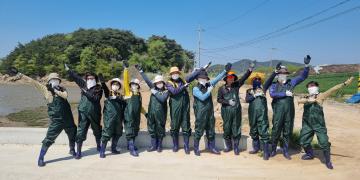The development of mangrove management plans for Villages and Shehias in the Bengo project sites was essential in translating national laws into effective local action for mangrove conservation and sustainable use in Tanzania. The plans provided a structured, site-specific framework that guided restoration, protection, and the wise use of mangrove ecosystems, aligning legal mandates with practical, context-specific interventions. The participatory and inclusive approach was a key toward archiving well-developed mangrove management plans actively involving local communities, including women and youth, in the development processes. The plans facilitated zoning for conservation, sustainable use, and restoration, based on both scientific and traditional knowledge. Furthermore, these plans enable systematic monitoring, enforcement, and adaptive management. Anchoring conservation efforts in locally tailored and community-supported plans, ensured that mangrove laws were not only written on paper but were meaningfully implemented on the ground, delivering long-term ecological, social, and economic benefits from mangroves
